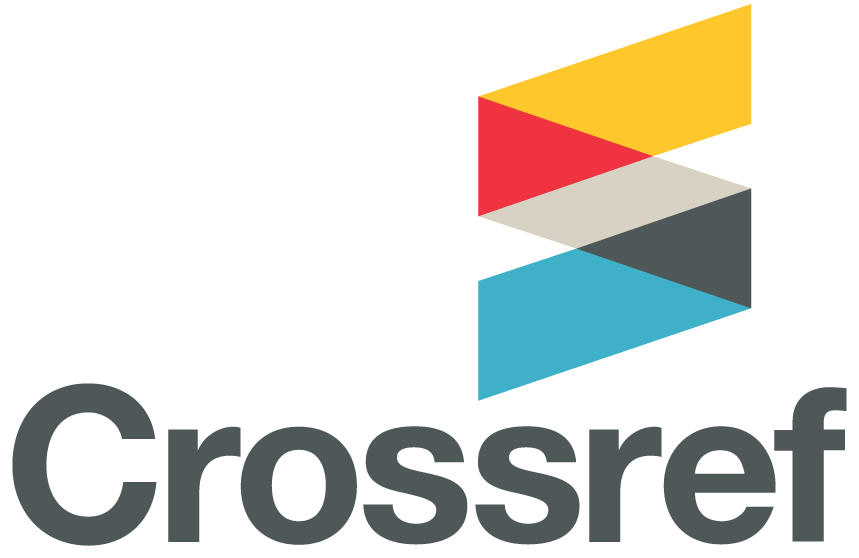Comparison of marginal adaptation, internal fitness and microleakage of Zolid, Zirconia and Empress 2 all-ceramic crown materials (An in vitro study)
DOI:
https://doi.org/10.32828/mdj.v10i2.216Keywords:
Keywords CAD-CAM, Empress 2, internal fitness, marginal gap, microleakage, zirconia, ZolidAbstract
The purposes of this in vitro study were to compare the marginal adaptation,
internal fitness and the microleakage of three CAD-CAM all ceramic crowns
materials: Zolid, Zircon, and Empress 2. This study also evaluated the correlation of
microleakage of these ceramic crowns materials to the marginal fitness.
Forty-five maxillary first premolar teeth were prepared with 2-mm occlusal
reduction and 1-mm all around shoulder finish line, teeth were randomly divided into
three main groups according to the type of ceramic material that was used (n=15).
Group 1: received a CAD-CAM Ceramill Zolid® unilayered transparent zircon Group
2: received a CAD-CAM Ceramill ZI units (Zirconium oxide) Group 3: received a
CAD-CAM Ceramill wax units that would subsequently invested and heat pressed to
fabricate a hot-press ceramic crowns.
The results showed statistical significant difference in marginal fitness, internal
fitness and microleakage between Zolid group and other groups (P>0.0001). There
was highly significant correlation of the marginal and internal fitness, whilst there was
no significant correlation marginal fitness and microleakage.
,

Downloads
Published
Issue
Section
License
The Journal of Mustansiria Dental Journal is an open-access journal that all contents are free of charge. Articles of this journal are licensed under the terms of the Creative Commons Attribution International Public License CC-BY 4.0 (https://creativecommons.org/licenses/by/4.0/legalcode) that licensees are unrestrictly allowed to search, download, share, distribute, print, or link to the full texts of the articles, crawl them for indexing and reproduce any medium of the articles provided that they give the author(s) proper credits (citation). The journal allows the author(s) to retain the copyright of their published article.
Creative Commons-Attribution (BY)








